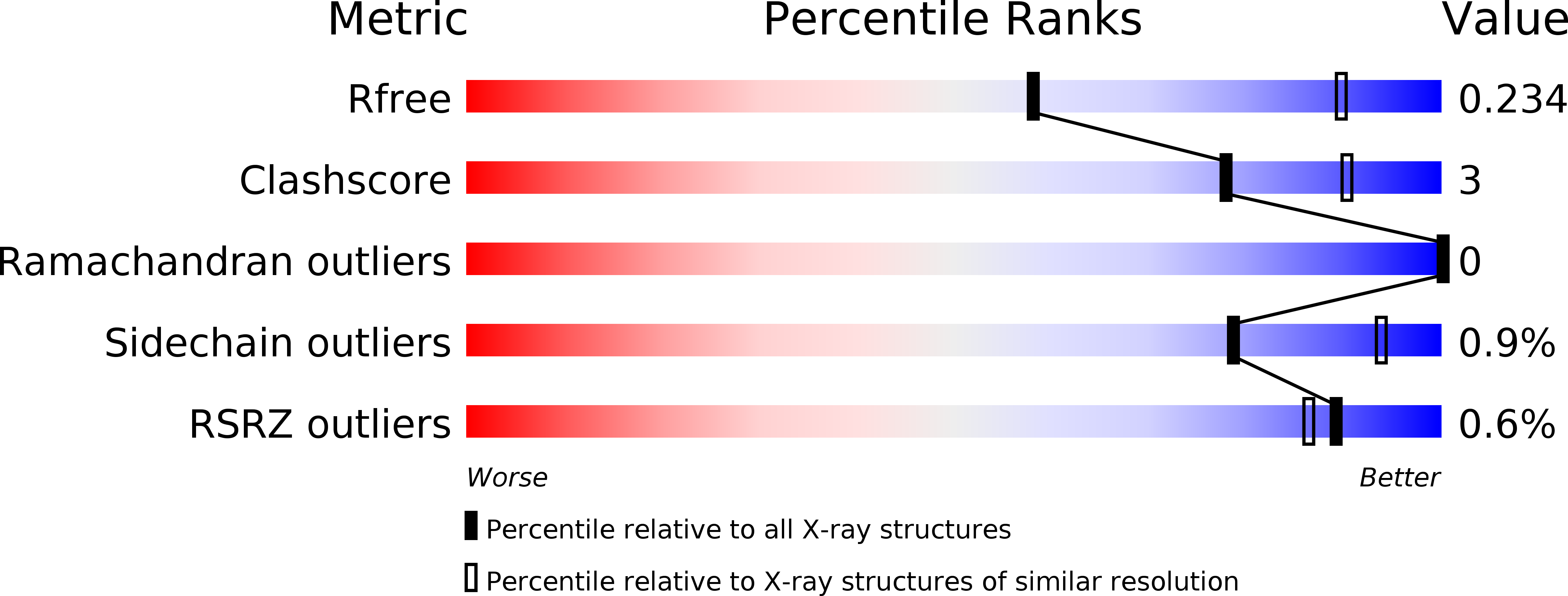
Deposition Date
2018-03-12
Release Date
2018-11-07
Last Version Date
2024-10-16
Entry Detail
PDB ID:
6FYT
Keywords:
Title:
Structure of H1 (A/solomon Islands/3/06) Influenza Hemagglutinin in complex with SD38
Biological Source:
Source Organism:
Influenza A virus (A/Solomon Islands/3/2006(H1N1)) (Taxon ID: 464623)
Lama glama (Taxon ID: 9844)
Lama glama (Taxon ID: 9844)
Host Organism:
Method Details:
Experimental Method:
Resolution:
2.80 Å
R-Value Free:
0.23
R-Value Work:
0.19
R-Value Observed:
0.20
Space Group:
P 63


